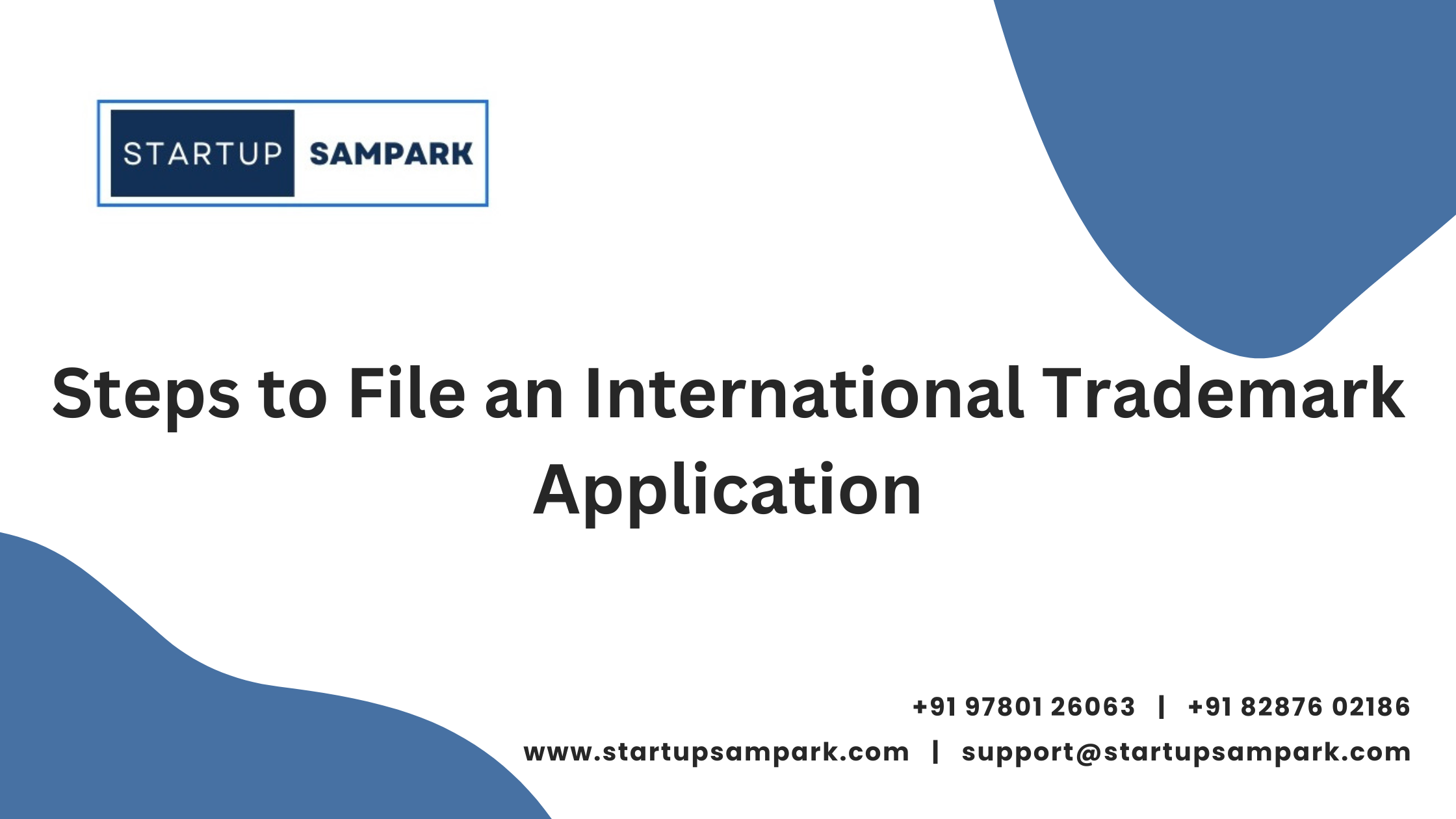Steps to File an International Trademark Application
Filing an international trademark application involves a series of steps designed to streamline the process of securing trademark protection in multiple countries. Here’s a detailed guide on the steps involved in filing an international trademark application under the Madrid System:
- Ensure a Valid National Trademark Registration: Before filing an international trademark application, you must have a valid national trademark registration or a pending application in your home country. This existing registration, known as the “basic mark,” serves as the basis for your international application.
- Conduct a Comprehensive Trademark Search: Perform a thorough trademark search to check for existing marks that could conflict with your proposed international trademark. This search helps identify potential issues and avoid costly rejections or oppositions in the designated countries.
- Prepare Your International Application: Gather all necessary information for your international application. This includes details about the trademark, the goods and services it covers, and the countries where protection is sought. The application must be based on the basic mark and include a clear description of the goods or services under the Nice Classification system.
- File the Application with Your National Trademark Office: Submit your international trademark application to the trademark office in your home country. This office, known as the “Office of Origin,” will review the application to ensure it meets the necessary requirements and then forward it to the World Intellectual Property Organization (WIPO).
- Pay the Required Fees: The international application involves several fees, including a basic fee payable to WIPO, as well as additional fees for each designated country and class of goods or services. Ensure that you pay these fees promptly to avoid delays in processing.
- WIPO Examination and Publication: Once WIPO receives your application, it will conduct a formal examination to check for compliance with the Madrid System’s rules. If everything is in order, WIPO will record your trademark in the International Register and publish it in the WIPO Gazette of International Marks.
- National Examination by Designated Countries: After WIPO’s publication, each designated country will conduct its own examination of the trademark according to its national laws. This examination may include checking for conflicts with existing trademarks and assessing whether the mark meets local registration criteria.
- Respond to Office Actions or Oppositions: During the examination process, some designated countries may issue office actions or face oppositions from third parties. If this happens, you may need to respond to these issues, which could involve legal arguments or amendments to your application.
- Receive Certificates of Registration: If your trademark application is approved by the designated countries, you will receive certificates of registration from WIPO, confirming that your mark is protected in those jurisdictions. This provides you with the legal rights to use and enforce your trademark internationally.
- Monitor and Maintain Your Trademark: After registration, it’s crucial to monitor the use of your trademark in the designated countries and address any potential infringements. Additionally, you must manage the renewal of your international registration and pay the required renewal fees to maintain protection. The Madrid System requires renewal every 10 years, and you may also need to update your registration if you make changes to the trademark or add new countries.
By following these steps, you can effectively navigate the international trademark registration process and secure protection for your brand across multiple jurisdictions.
Trademark
-
 MSME Registration₹1,180.00
MSME Registration₹1,180.00 -
 GST Registration₹2,360.00
GST Registration₹2,360.00 -
 Trademark Registration₹7,450.00
Trademark Registration₹7,450.00

















Post Comment